From the archives of the Sault Ste. Marie Public Library:
There is a long and interesting history about “Allen Gardens” established in 1902, which has many facets. A conversation with Philip Allen, the grandson of Edward Lyon Allen, brought to life the significant role “Allen Gardens” played within the community.
In 1901, Edward Lyon Allen came to Sault Ste. Marie and one year later purchased a parcel of land in then, Korah Township, from A.W. Penhorwood, brother of the late Col. S. L. Penhorwood. For 65 years thereafter, Edward grew and sold many varieties of market vegetables on this property.
The movement to “Buy Local” might seem to some a new concept however; it is not new at all. In fact, think about the number of local farmers in this area that would have been around 100 plus years ago. When it comes to food, buying local generally means buying fresh. Throughout his gardening history, Mr. Ed Allen grew a variety of vegetables and fruits making his living solely off his lifelong career as a market gardener.
Massive amounts of turnips were one of the main vegetables that the Allen farm sold within the community to local people and to grocery stores such as Dominion and The Red & White. Keeping the turnips fresh was imperative to the success of their business! As vegetables were also shipped throughout Canada and as far as Florida, a method to ensure their freshness was needed.
The process of waxing turnips originated at Guelph Agricultural College in an effort to maintain the freshness of the root vegetable. Most everyone would like a juicy turnip to serve at their holiday dining room table but we likely don’t ever think about the shiny wax that we feel on turnips!
In a Sault Star article in 1962, Mr. Allen explained the need to change the process of how his turnips were harvested and sold. To avoid the vegetable from becoming wrinkled and tasteless, he first tried waxing them using his own method. After trimming, washing and drying them, Ed and his workers dropped a turnip in a pot of melted wax. It was a tricky process with drying the turnip while leaving a little moisture on the rough skin and getting the wax just the right temperature, not too cool and not too hot to harm the root. Stabbing the turnip with a knife and then dipping it in a tub of hot wax wasn’t exactly an efficient method.
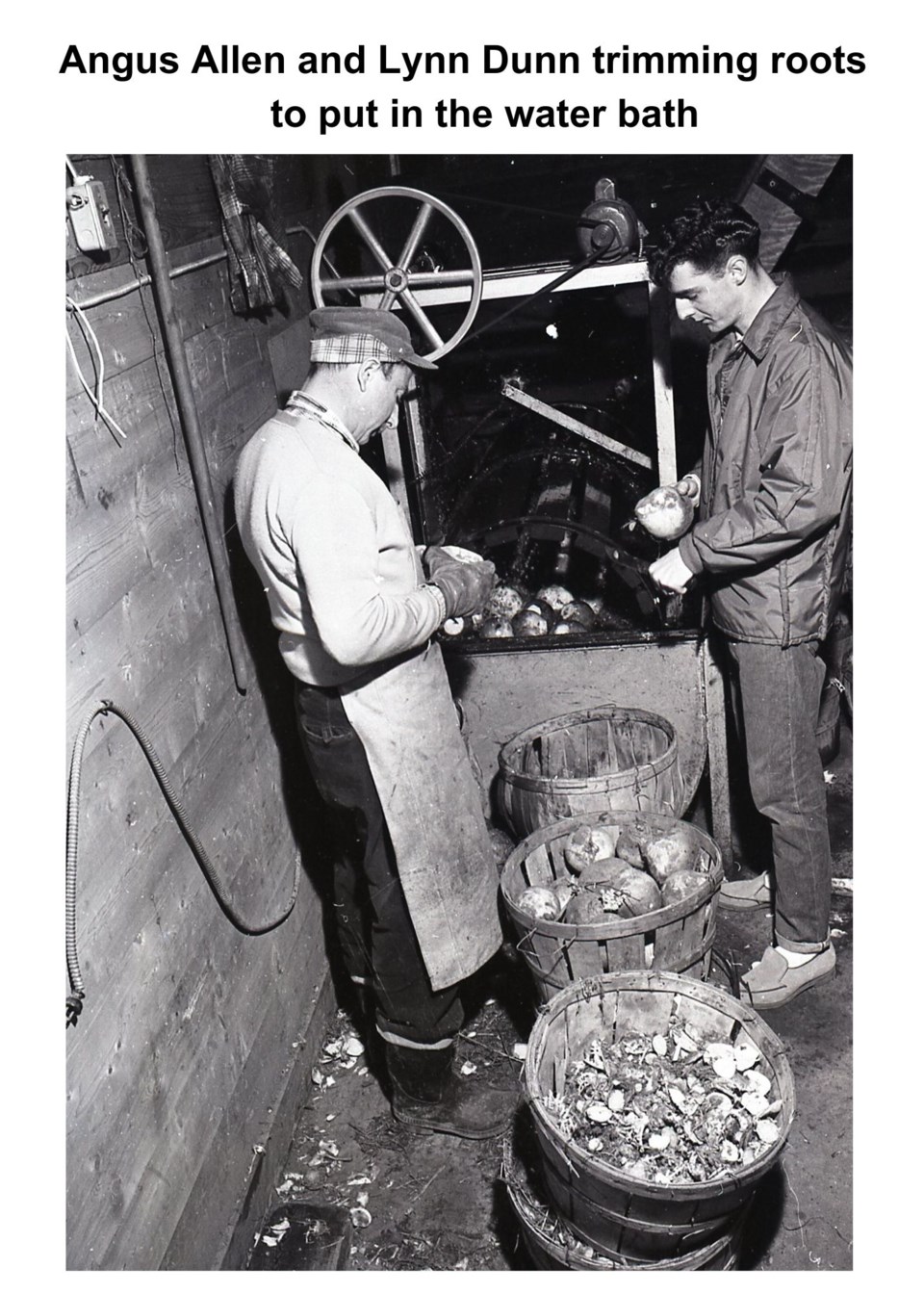
Ahhh the result of a shiny, sealed turnip was a success…. but only for a short period of time. Soon the wax became cracked and brittle and peeled off. Realizing that he wasn’t so sure about the new process, Mr. Allen had to experiment with getting things just right. One can imagine how labour intensive this process was.
When walking past a bin of turnips, customers were often amused to hear the turnips seemingly chatting amongst themselves, as the wax would snap, crackle and pop!
As he grew more turnips, Phil’s Uncle Angus knew that the waxing process had to become more automated. He eventually heard about a man in Southern Ontario who had built a number of waxing plants and so they planned a trip to visit him. Impressed with his knowledge, the man was hired to come to Sault Ste. Marie to help build a waxing plant to help with the turnip business.
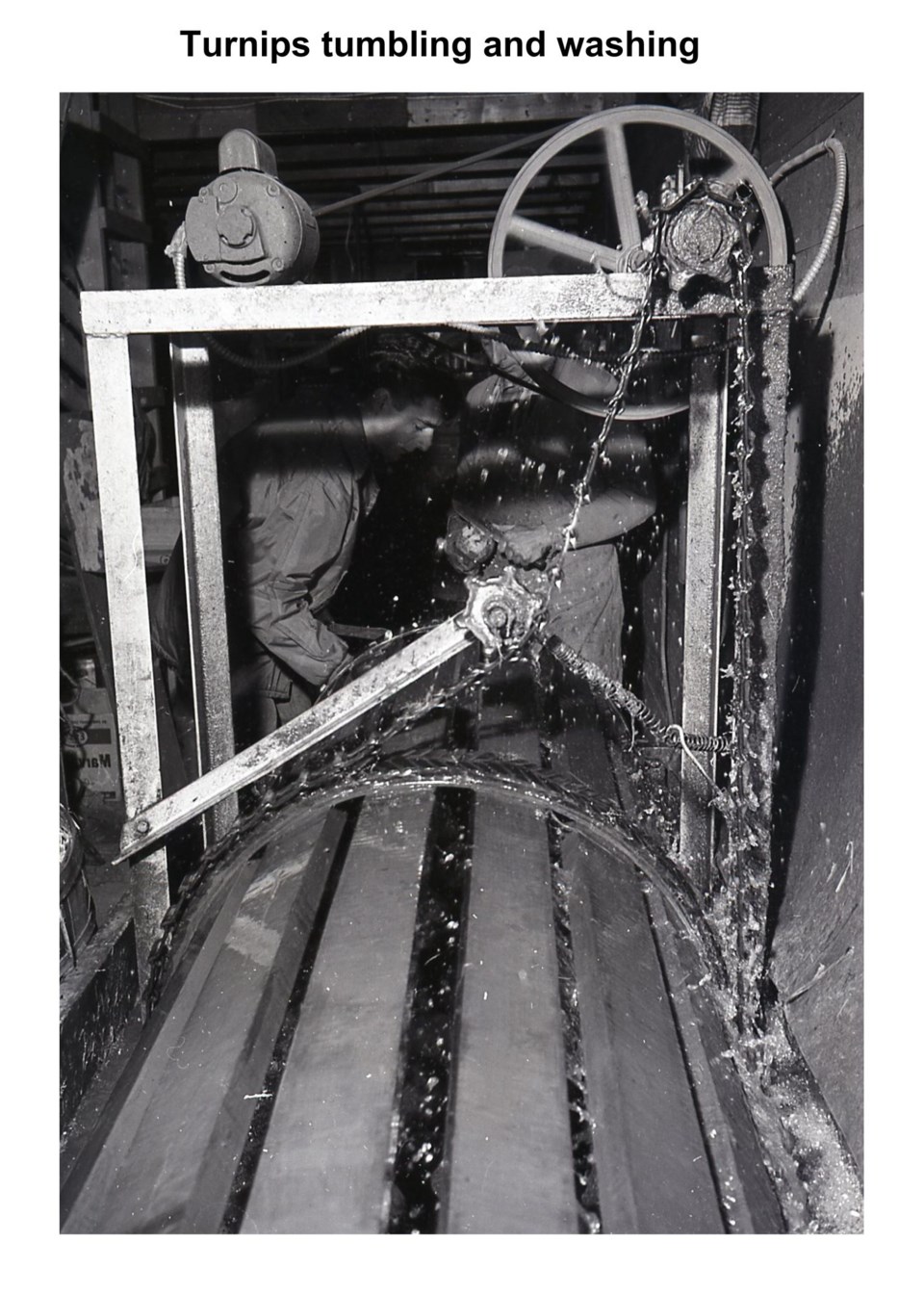
Turnips were trimmed in preparation for the turnip plant where they were washed and tumbled until it seemed like the tumbling would never end. The spotless turnips were lifted by a conveyor and dropped in a huge bin where they would dry for 24 hours. Next, they were guided onto troughs for a hot wax bath then lifted by a pulley and dropped on a grate. The next step was to be place them in bushel baskets, ready for sale and distribution.
.jpg;w=960)
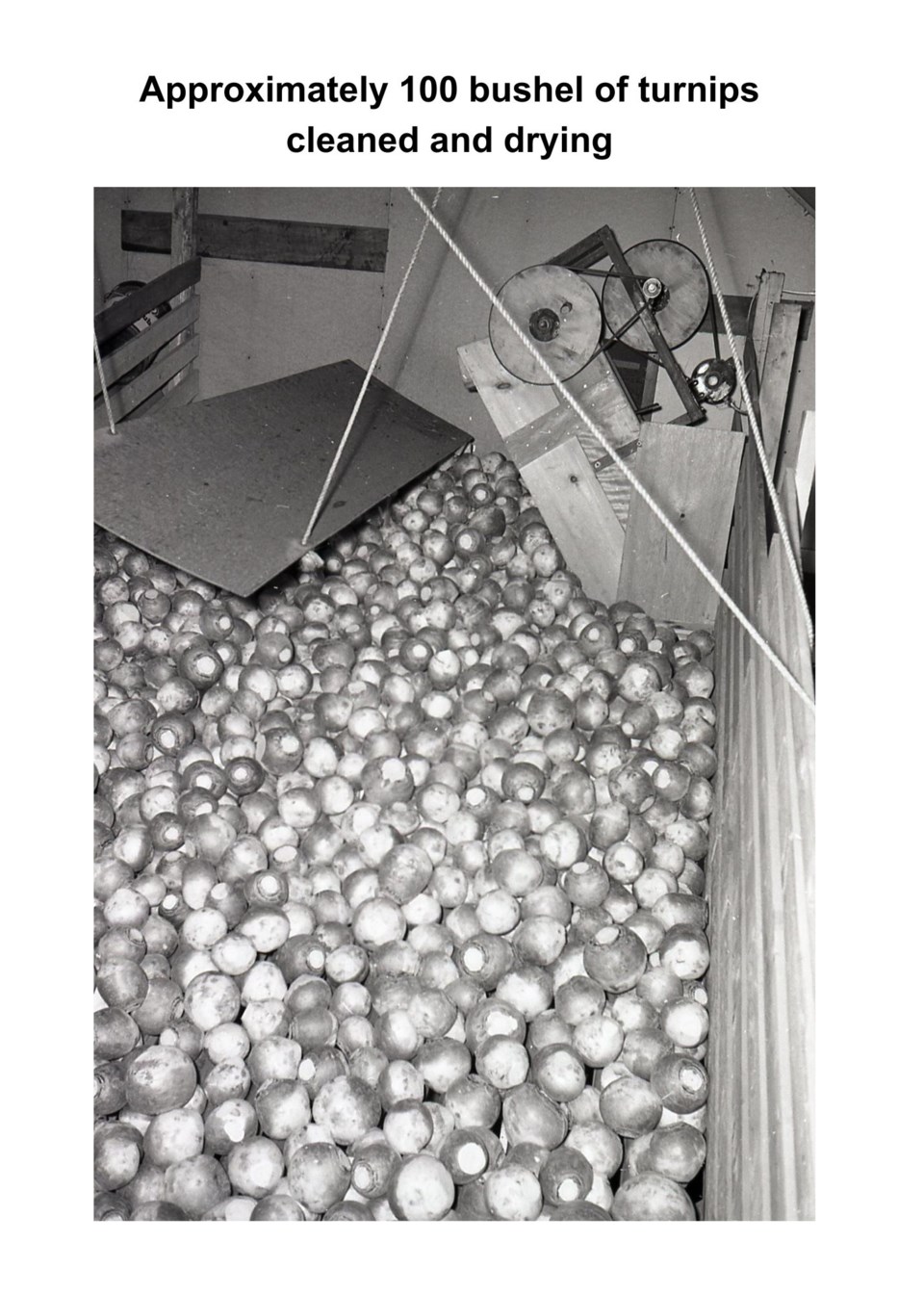
Since the age of 12, Phil Allen worked alongside his Uncle Angus and the two became the best of friends. The 25 acres farm on the corner of Allen’s Side Road and Wallace Terrace was alive with the growth of fresh fruits and vegetables. At the height of the market business, 4,000 bushels (a bushel being 50 lbs.) of turnips a year were grown, processed and sold!
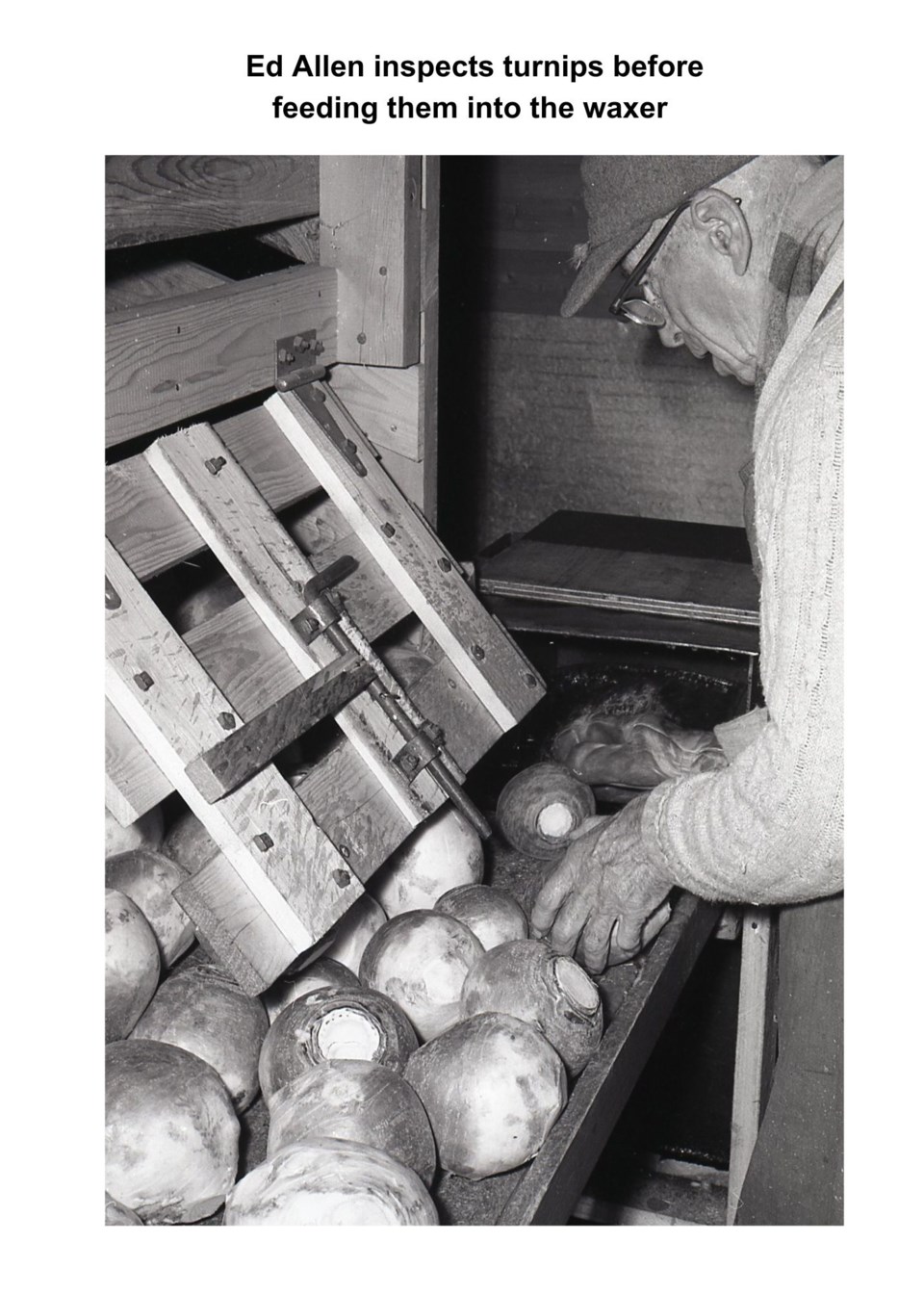
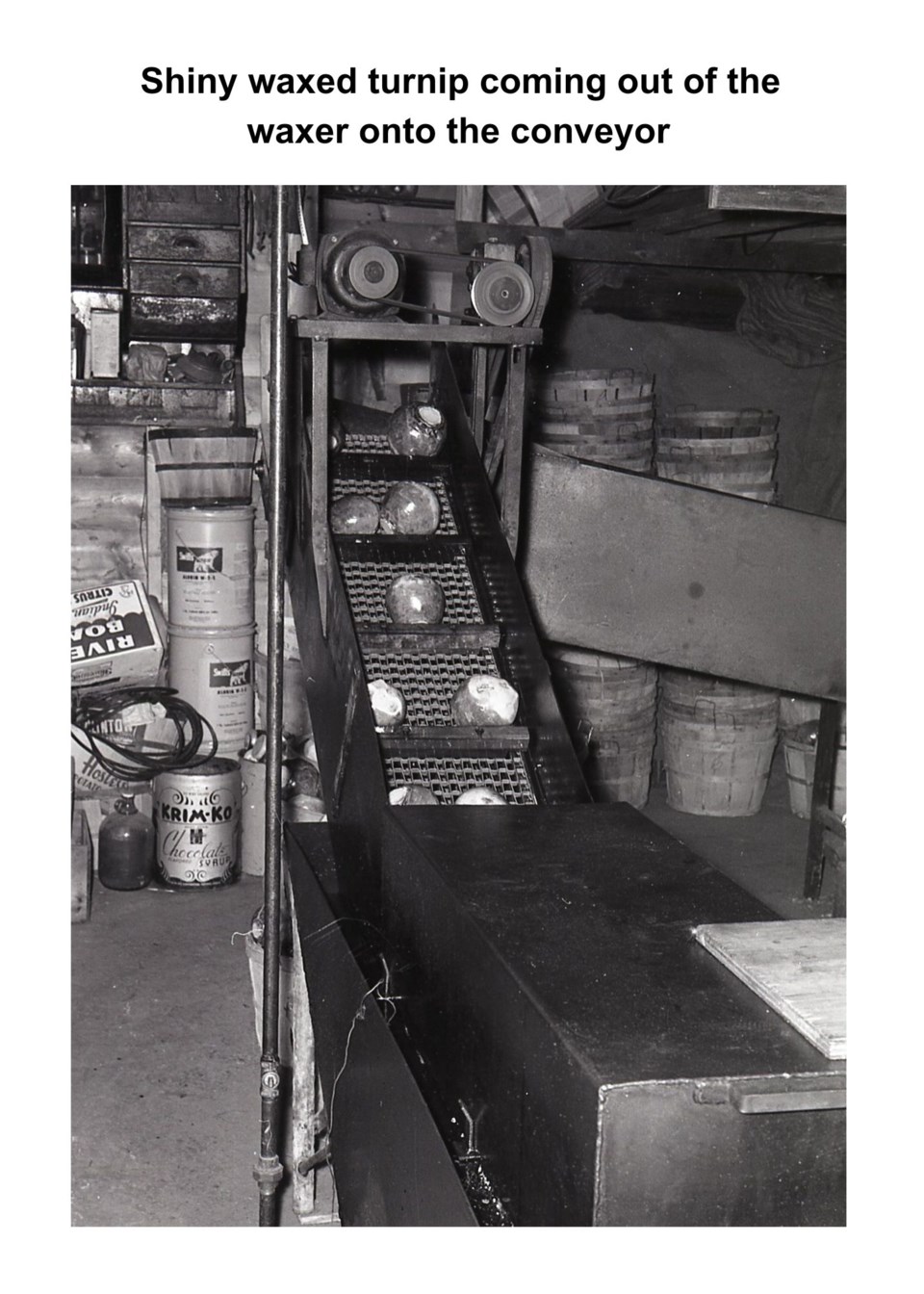
After years of service, eventually the turnip waxing plant was sold to the Holland Marsh to continue its job of making the waxing process easier for other market farmers.
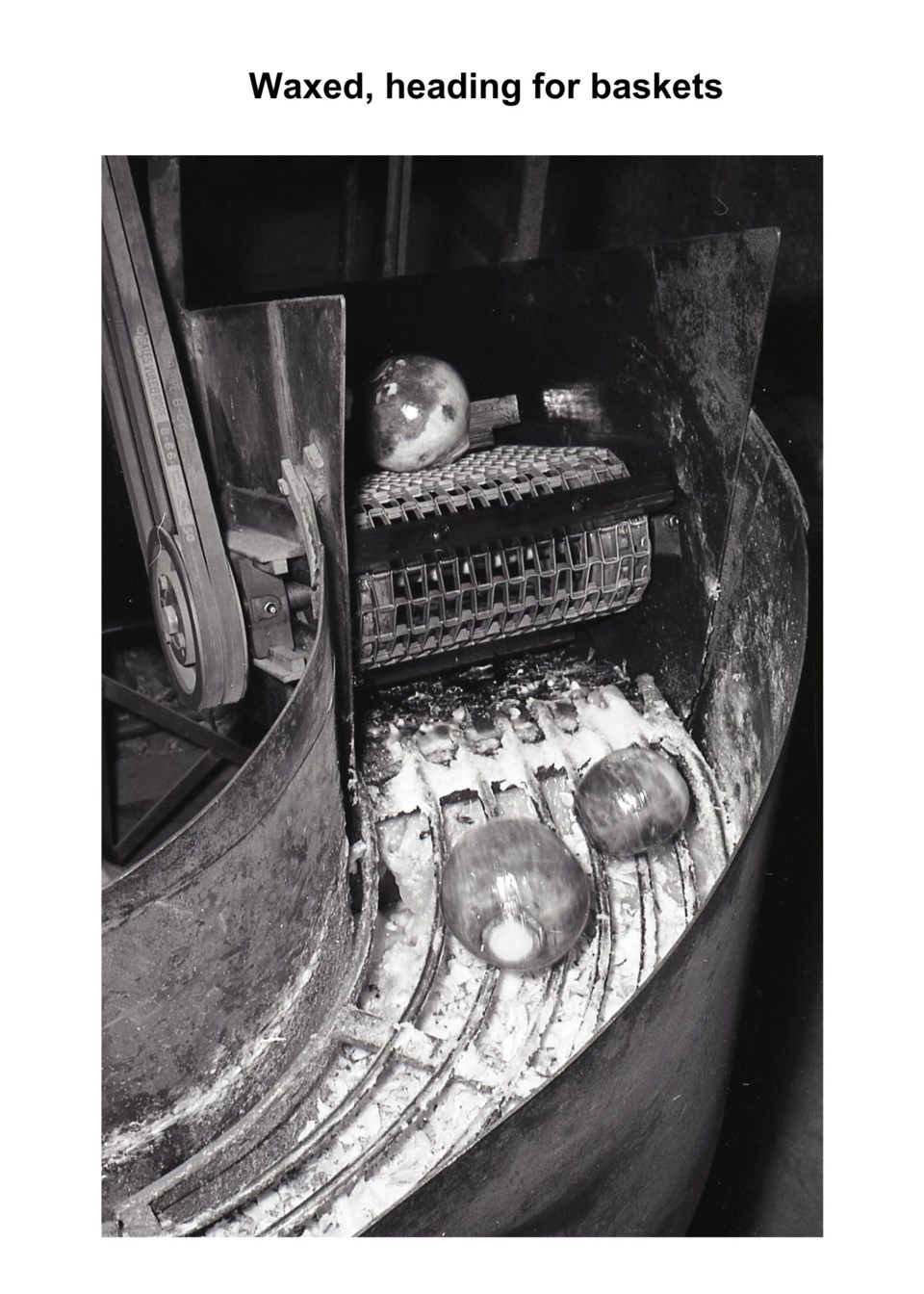
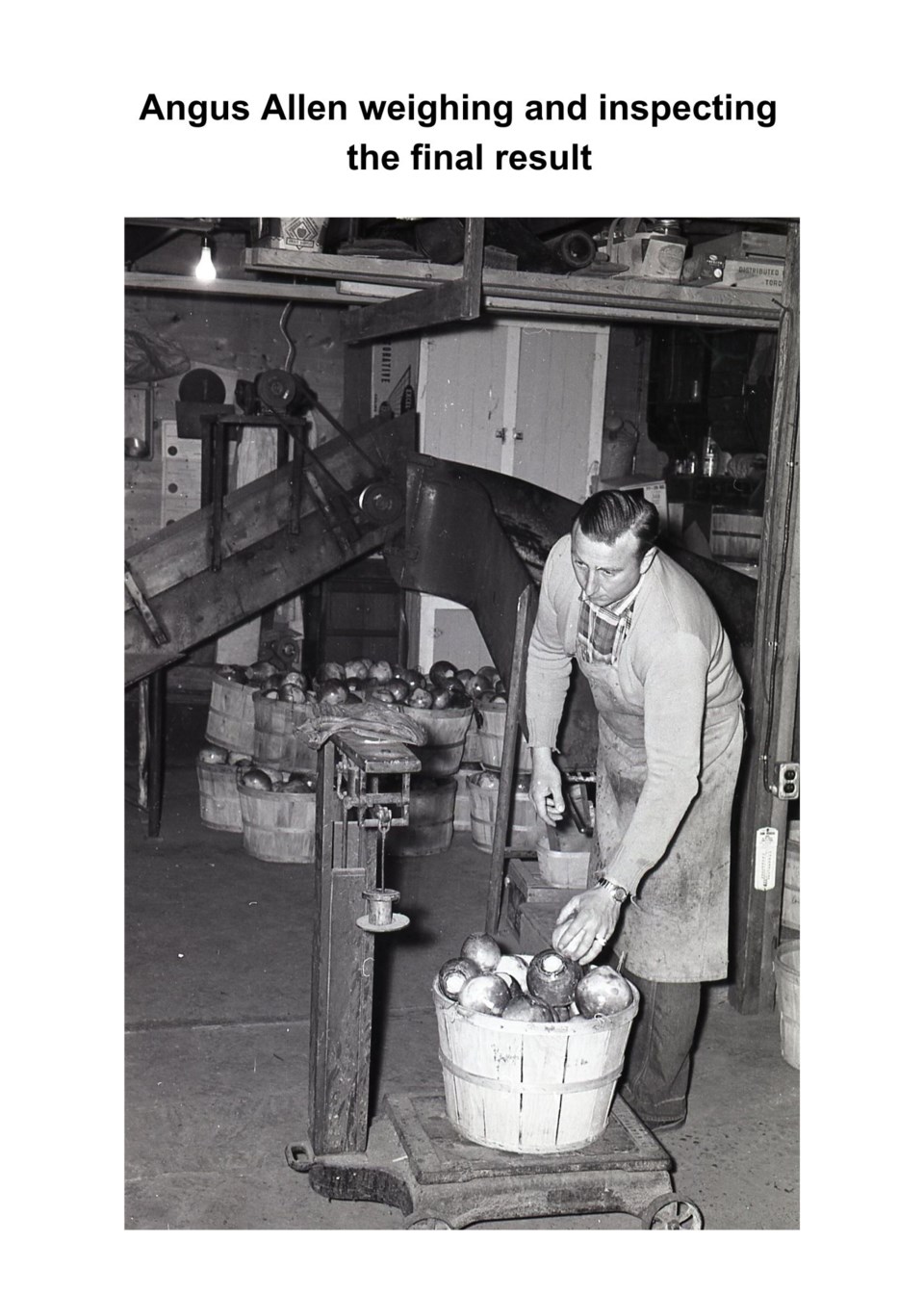
Each week, the Sault Ste. Marie Public Library and its Archives provide SooToday readers with a glimpse of the city’s past.
Find out more of what the Public Library has to offer at www.ssmpl.ca and look for more "Remember This?" columns here.
.jpg;w=960)